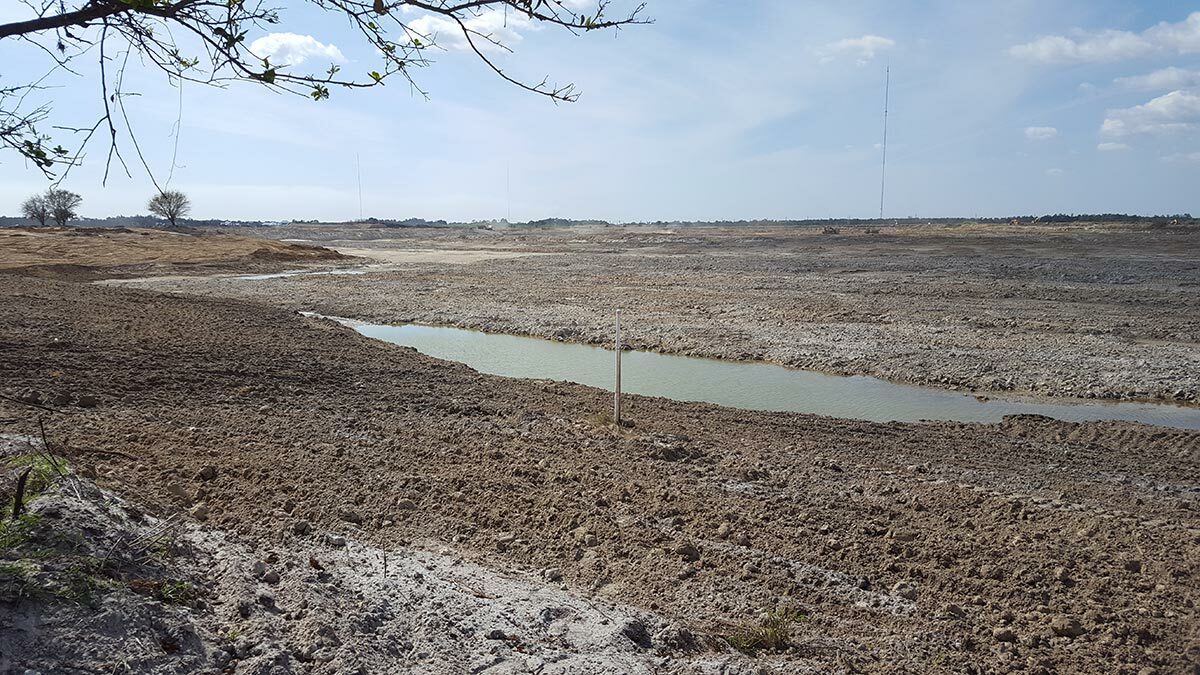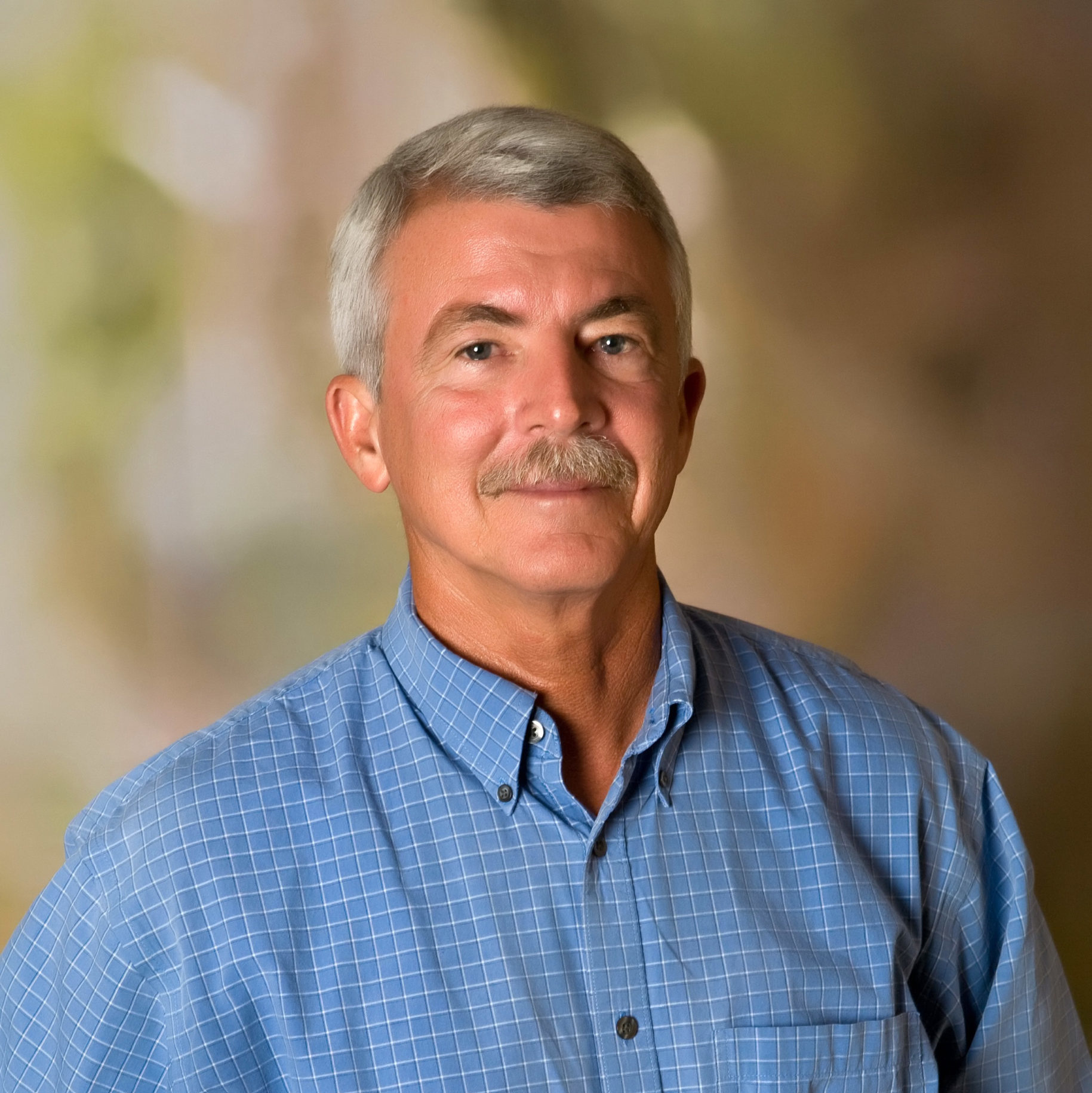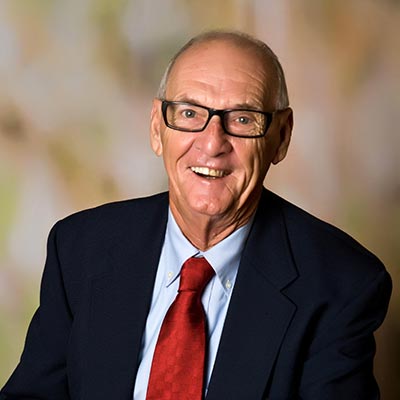 Johnson Engineering designed this roadway for the Florida Department of Transportation as a means to alleviate north-south traffic congestion between Fort Myers and Estero. The State Road 739 Extension was recently and fittingly named after Florida Department of Transportation District Director Michael G. Rippe, who sadly lost his battle with cancer in 2008.
Johnson Engineering designed this roadway for the Florida Department of Transportation as a means to alleviate north-south traffic congestion between Fort Myers and Estero. The State Road 739 Extension was recently and fittingly named after Florida Department of Transportation District Director Michael G. Rippe, who sadly lost his battle with cancer in 2008.
Mike was well known for his ability to bring people together and overcome challenges. This project was no different. He was instrumental in getting this project off the ground, working with the planning and design team to rise above the many design, permitting, and construction challenges. His efforts are reflected in the grand roadway facility we have today.
The geometry of the roadway was a challenge in itself. The southern terminus of the roadway fell at the confluence of three heavily traveled roadways; S.R. 739, Alico Road and U.S. 41. To improve traffic flow and maximize safety a complex intersection design was implemented that required relocating a portion of existing Alico Road, filling a portion of an existing 40’ deep lake and construction of an 880’ bridge spanning both Alico Road and the Seminole Gulf Railroad.
There were also several environmental challenges to overcome. This is the last permitted crossing of the Six Mile Cypress Slough, which naturally caused some environmental concerns. Our team was able to address these concerns with minimal impact to the environment through the use of dedicated wildlife crossings and protective fencing.
As the project was in the midst of permitting and was nearing final design, state wide water quality rules changed, requiring the treatment of phosphorus and nitrogen. The right-of-way (ROW) had already been acquired based on a dry detention water management system. Typically treatment for phosphorous and nitrogen means full wet detention ponds, for which there was no room. Our team was able to re-design the water management system, incorporating a sand wick system to utilize true dry retention, thereby providing the phosphorus and nitrogen treatment the SFWMD was looking for without having to spend additional time and tax dollars acquiring more ROW, further impacting the slough.
In true Mike Rippe fashion, the entire team was able to buckle down and come together, working through all of these obstacles…much like Mike did in his career. The Michael G. Rippe Parkway is one example of his many accomplishments, indicative of the initiative and the style Mike used to shape our community and our lives.
For more information, contact Ryan Bell, P.E.at [email protected].

































































